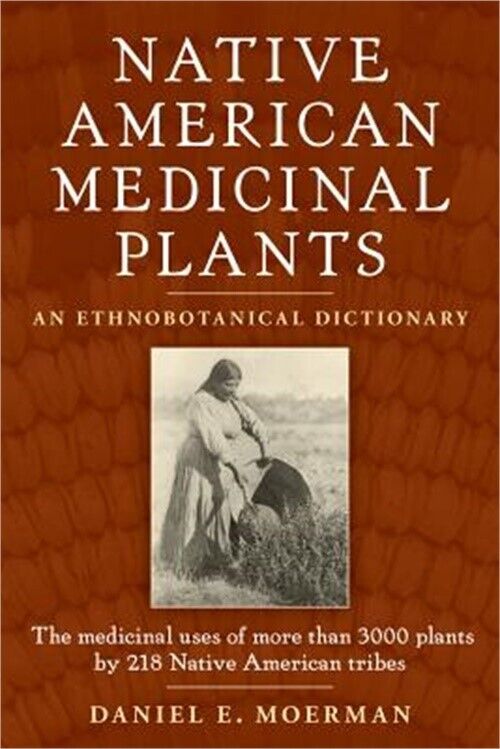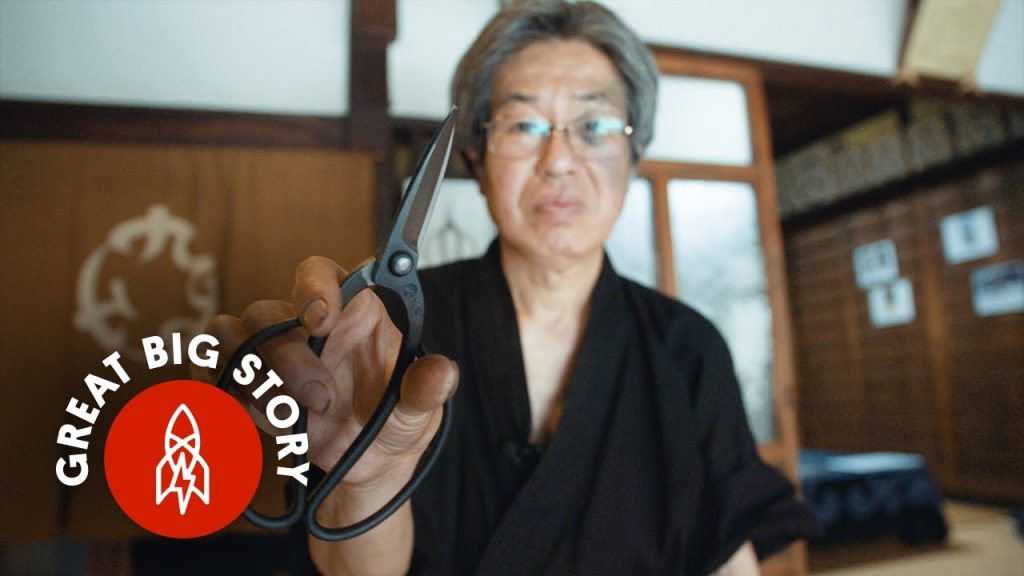30 medicinal plants the Native Americans used on a daily basis

Native Americans are renowned for their medicinal plant expertise.
It is reported they initially started making use of plants as well as natural herbs for recovery after viewing animals consume certain plants when they were ill. In order to shield these plants from over harvesting, the medication men picked every 3rd plants they found. These are one of the most versatile plants the Indigenous Americans used in their daily lives.
How did Native American tribes acquire knowledge about medicinal plants indigenous to their specific regions?
The Native American tribes of North America held vast knowledge about the plants that grew within their environments, many of which they used in their daily lives for medicinal purposes. The distinct climates and ecosystems which surrounded these tribes permitted the growth of various medicinal plants that were indigenous to specific regions. With over 500 distinct tribal groups, these medicinal plants were used for a wide array of medicinal practices by Native Americans for centuries.
The following are the 30 medicinal plants that the Native Americans used on a daily basis.
1. Witch Hazel: The leaves and bark of the witch hazel were used in the treatment of wounds, bruises, and inflammation.
2. Willow Bark: Willow bark was used to reduce fever and pain.
3. Red Clover: The flowers of the red clover were used to cleanse the blood as it was said to contain blood thinning properties.
4. Yarrow: Yarrow was applied in poultices to stop bleeding.
5. Sage: The leaves of the sage were used to alleviate stomach pains and treat diarrhea.
6. Echinacea: Echinacea roots were used to treat colds and flu symptoms.
7. Passion Flower: The passion flower was used to treat anxiety, nervousness, and insomnia.
8. Black Cohosh: Black Cohosh was used to treat menstrual cramps, hot flashes, and other menopausal symptoms.
9. Lobelia: Lobelia was used to treat issues such as asthma and bronchitis.
10. Dandelion: Dandelion leaves were used to treat issues surrounding digestion.
11. Bee Balm: Bee Balm was used to treat coughs and colds.
12. Wild Ginger: Wild ginger was used to treat digestive issues as well as fever.
13. Mullein: Mullein was used to treat respiratory infections and issues like coughs.
14. Calendula: Calendula was used to treat digestive issues and various ailments related to skin conditions.
15. Goldenrod: Goldenrod was used to treat inflammation and swelling.
16. Slippery Elm: Slippery Elm bark was used to treat coughs, sore throats, and ulcers.
17. Yellow Dock Root: Yellow dock root was used to treat inflammation and clean the blood.
18. Goldenseal: Goldenseal was used to treat wounds and sore eyes.
19. Black Cherry Bark: Black Cherry Bark was used to treat respiratory infections like bronchitis.
20. Milkweed: Milkweed was used to treat asthma.
21. Blue Cohosh: Blue Cohosh was used to address menstrual and reproductive issues.
22. Wild Indigo: Wild Indigo was used to address infections and blood circulation issues.
23. Sarsaparilla Root: Sarsaparilla root was used to treat a variety of bodily ailments including rheumatism.
24. Cedar: Cedar was used to treat skin conditions, coughs, and anxiety.
25. Prickly Ash: Prickly Ash was used to Improve circulation and relieve pain in muscles and joints.
26. White Pine: White Pine was used to treat respiratory infections.
27. St. John’s Wort: St. John’s Wort was used to treat mental health issues such as depression, anxiety, and mood swings.
28. Skullcap: Skullcap was used to treat pain and general nervousness.
29. Black Walnut: Black walnut was used as an antibacterial agent and aid in digestion.
30. Arnica: Arnica was used to treat bruises and swellings.
In conclusion, Native Americans proficiently utilized these medicinal plants as part of their daily lives. Their vast knowledge about the plants’ medicinal properties allowed them to provide effective treatment for various health issues. These plants are a significant part of Native American culture and continue to be used today. Their contribution to health care practices is an indispensable one, and it is essential that we recognize their contributions and honor their traditional practices.










Man Who Admits He’s Addicted To Heroin Shows What A Day In His Life Is Like
Urban Stealth Camping With Hammock In Residential Area
The Truth Behind Italy’s $1 Homes
Saturation Diving- You’re in a different world
How a Multimillionaire became the modern Robinson Crusoe